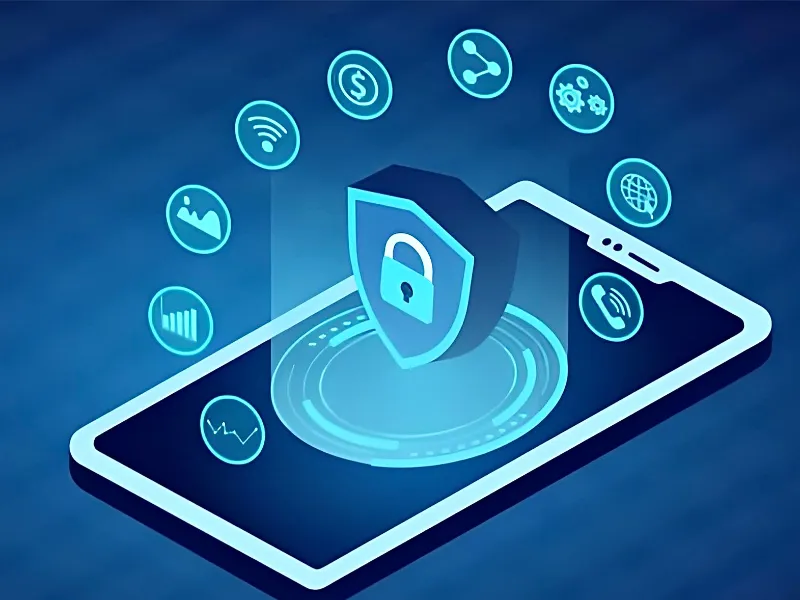- Cellular data refers to the internet connectivity provided by cellular networks through mobile devices such as smartphones and tablets.
- Cellular data is encrypted to protect it from unauthorised access, with encryption standards and methods evolving to enhance security.
With the increasing reliance on mobile devices, one key question that often arises is whether cellular data is encrypted. Cellular data is indeed encrypted to protect it from unauthorised access by encryption standards and methods. Encryption involves converting data into code to prevent unauthorised access. This blog will explore what cellular data is, how it is encrypted, and other relevant aspects of its security.
What is a cellular data
Cellular data refers to the internet connectivity provided by cellular networks through mobile devices such as smartphones and tablets. Unlike Wi-Fi, which connects devices to the internet through local networks, cellular data relies on mobile network operators (MNOs) who provide coverage over a wide geographic area using cellular towers. This connectivity allows users to access the internet, send emails, stream media, and use various online applications while on the move.
Also read: Cryptography in cyber security and its application
Encryption types of cellular data
When it comes to cellular data, encryption plays a significant role in safeguarding communications between mobile devices and cellular network towers.
1. Cellular Network Encryption Standards: Cellular networks use various encryption standards to protect data. For instance, 4G LTE (Long-Term Evolution) networks utilise a protocol called “Evolved Packet Core” (EPC), which incorporates encryption mechanisms. This protocol encrypts data both in transit and at rest to protect it from eavesdropping and interception.
2. Encryption in 5G Networks: With the advent of 5G technology, encryption has become even more advanced. 5G networks employ enhanced encryption methods to address the increased data speeds and the larger volume of data being transmitted. This includes improved algorithms and more robust key management systems to ensure data privacy and integrity.
3. End-to-End Encryption: While cellular networks encrypt data during transmission, it is also essential to consider end-to-end encryption (E2EE) provided by applications. E2EE ensures that data is encrypted on the sender’s device and only decrypted on the recipient’s device, making it nearly impossible for third parties, including network providers, to access the content. Popular messaging apps like WhatsApp and Signal use end-to-end encryption to secure user communications.
Also read: 5 common types of cyber security
Encryption process of cellular data
1. Data encryption algorithms: Cellular networks use advanced encryption algorithms to secure data. These algorithms include the Advanced Encryption Standard (AES) and the Triple Data Encryption Standard (3DES). These cryptographic methods are designed to provide a high level of security and are continually updated to address emerging threats.
2. Key management: Encryption relies on keys that are used to encode and decode data. Cellular networks employ secure key management practices to ensure that encryption keys are generated, distributed, and stored safely. This prevents unauthorised entities from accessing or decrypting the data.
3. Network layer encryption: Cellular data is encrypted at various layers of the network. For example, data is encrypted between the user’s device and the cell tower, and then again between the cell tower and the network core. This multi-layered approach helps protect data at different stages of its journey through the network.
Other Considerations
While encryption is essential, it is not the only measure needed to ensure data security. Users should also be aware of other security practices, such as keeping their devices updated with the latest software patches and using strong passwords and authentication methods.
Despite robust encryption, no system is entirely immune to vulnerabilities. Attackers may attempt to exploit weaknesses in encryption protocols or use sophisticated techniques to intercept data. Therefore, continuous improvements and updates to encryption standards are necessary to address evolving threats.

